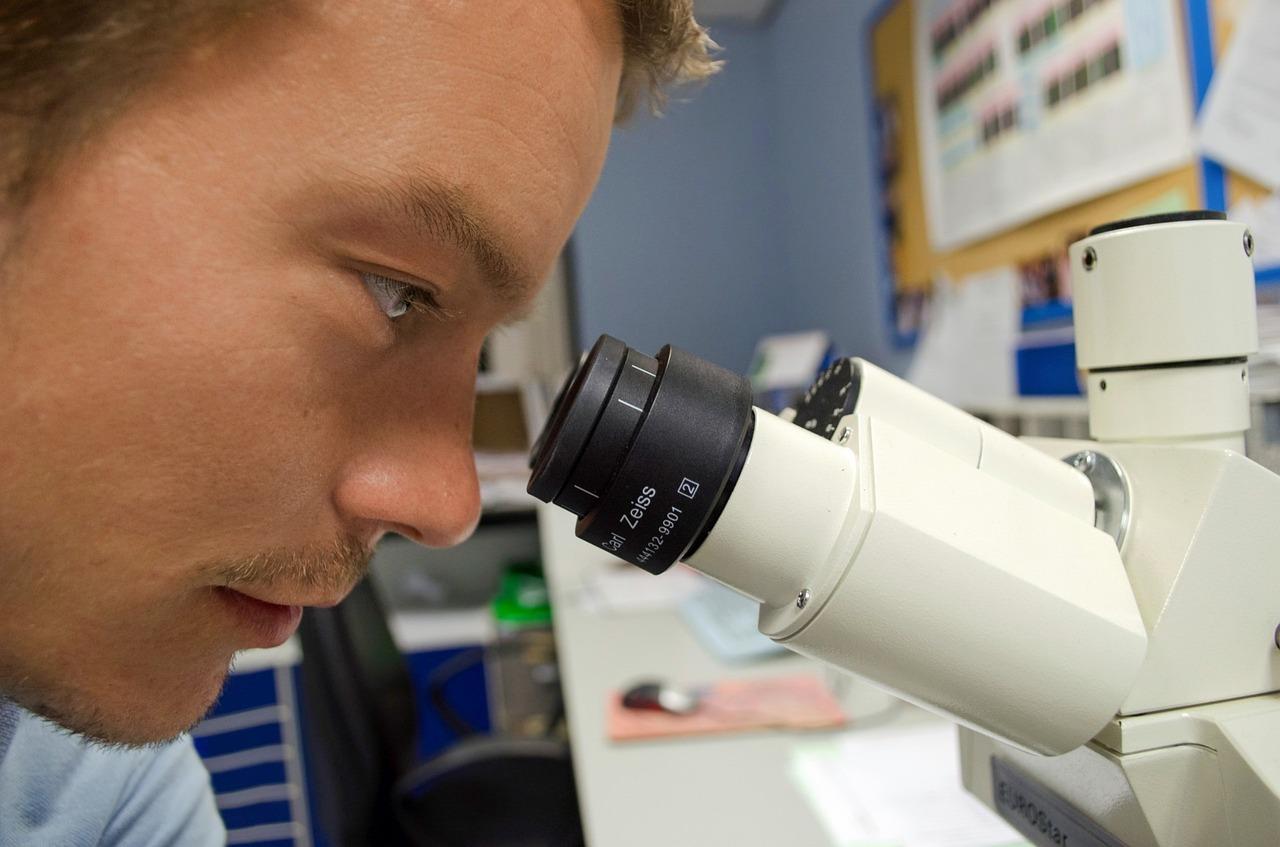Pieter Omtzigt's claim refuted
Do all PhD students come from abroad?

Omtzigt said this last week while participating in a debate about migration. He wants fewer foreigners in the Netherlands, including students and highly skilled migrants. "A highly skilled migrant scheme like ours is deadly for universities in the long term," he argued.
"Hardly any Dutch PhD candidates"
"Currently, all PhD candidates come to the Netherlands under the highly skilled migrant visa," said Omtzigt. "There are hardly any Dutch PhD candidates left."
However, his statements do not tally with the data from the university association UNL and Rathenau Institute, according to which the number of foreign PhD candidates has increased but the number of Dutch PhD candidates remains fairly stable. According to the latest counts (as of 31 December 2023), almost 5,400 Dutch PhD candidates were employed by universities, which makes 46 percent of the total.

This graph by HOP, based on UNL and Rathenau's figures, shows the proportion of Dutch (green), European (blue) and non-European (orange) PhD candidates over the years.
The proportion varies from university to university. At TU Delft, almost 69 percent of PhD candidates are from abroad. In Eindhoven, another technical university, the figure is 53.3 percent. Radboud University Nijmegen is the one with the highest proportion of Dutch PhD candidates: 59 percent. Utrecht University is not far behind, with 54.9 percent of PhD candidates being local in 2022.
Empoyed PhD candidates make up 53 percent of the total, but there are also external PhD candidates who are either unpaid by the university or pay for their supervision themselves (15 percent). Some of them have scholarships (11 percent), while others are funded by a third party (12 percent). No figures are available about their origin.
Medical PhD candidates are not included in these figures because they work at university medical centres, not at universities. There are quite a few of them: in the latest survey by Statistics Netherlands, 2,100 of the 5,100 PhD candidates in the country are in the medical sciences, partly because young doctors do everything they can to gain admission to a medical specialist training programme.
Pieter Omtzigt reacts
The MP now says that he meant something else. "What I meant was that PhD candidates from abroad fall under the highly skilled migrant scheme, which means they receive 30 percent of their salary tax-free and therefore higher allowances. This is a huge advantage and they now form the majority of PhD students. I find that highly undesirable."